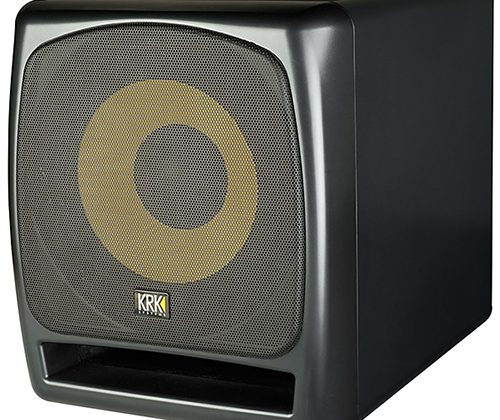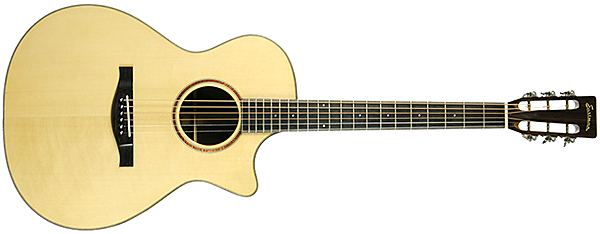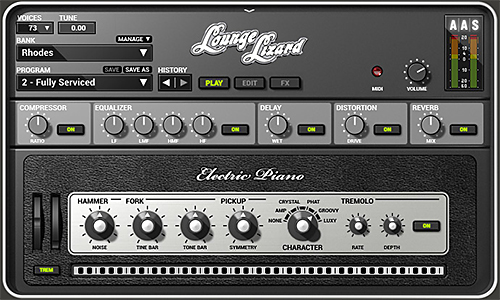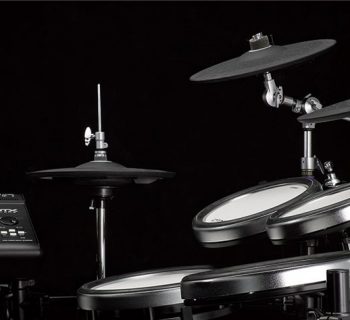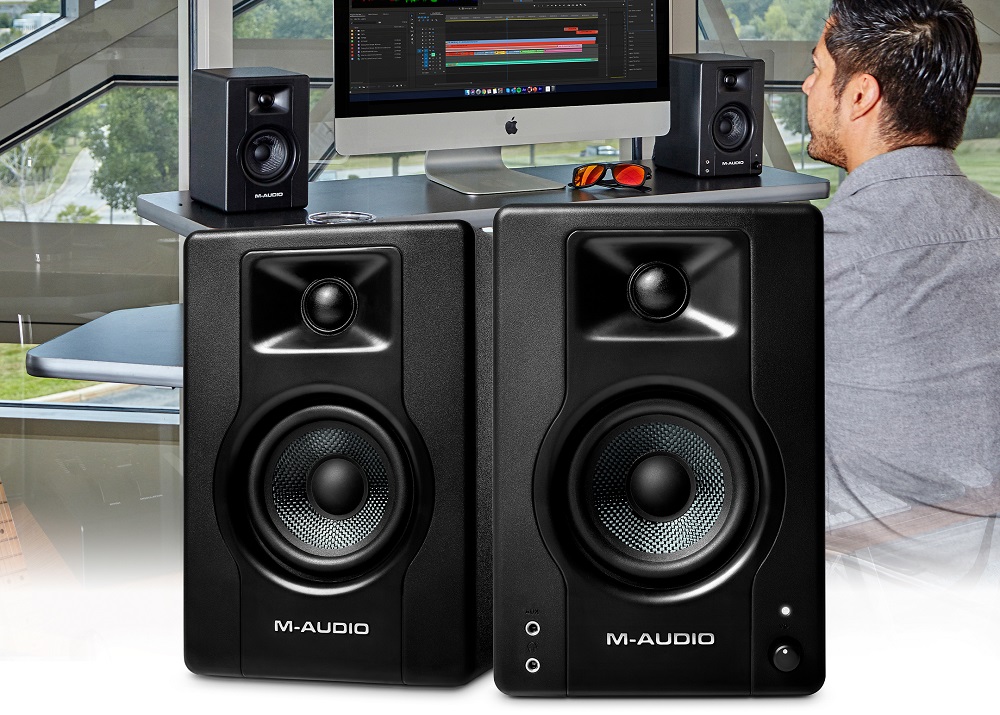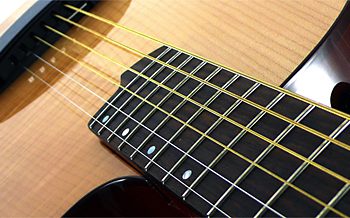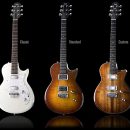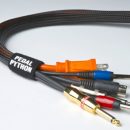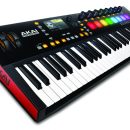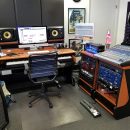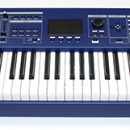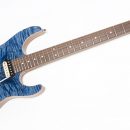We use KRK VXT-8 and VXT-6 monitors in our studios, and were thus happy to get our hands on KRK’s 12s subwoofer, which brought us low frequencies that our near-fields (the VXT-6 in particular) didn’t quite capture. Other than a few minor quibbles—the power indicator is visible only on the rear of the sub, the 12s did not disappoint. The sonic clarity, multiple i/o jacks and controls, and the ability to bypass it at the touch of a footswitch (and automatically re-route all frequencies to your monitors) were all reasons we loved it. It’s safe to assume we’ll be purchasing this for ourselves after the review cycle is complete. The 12s makes a worthy addition to our studios.
| Category | Value | Rating |
| Features | 20% | |
| Usability | 25% | |
| Sound | 25% | |
| Documentation & Support | 10% | |
| Price | 20% | |
| OVERALL RATING = 3.5 3.6 stars or better: Outstanding, WIHO Award 3 stars or better: Worth considering 2 stars or better: Suited to specific needs 1 star or less: Not recommended |
||
Features
The KRK 12s is a front-loaded, vented, 12-inch, subwoofer. It features a twelve-inch Kevlar speaker, with a 32Hz to 139Hz frequency response. As is common on KRK speakers, a KRK Systems logo glows when the 12s is on. However, unlike other KRK speakers, the illuminated logo is on the back, where we’ll never see it (a non-illuminated KRK logo is on the front). It would have been great if there were a way to put something in easy sight to see if the 12s is on or not, even if it was just a tiny LED.
The 12s dimensions are 18.11 x 15.9 x 22.64 inches, and it weighs a solid 66 pounds. Yes, this is one heavy speaker, which brings up our only other gripe (and a tiny one at that): a built-in handle or indented hand-hold of some sort would have been nice, as the curved, smooth plastic sides of KRK monitors makes positioning a challenge, particularly when hunched over underneath your studio desk. Of course, once it’s in place, you’re not likely to move it around much.
Other specs as per KRK’s website:
• Max Peak SPL: 119.5 dB
• Amplifier Class: Class A-B
• Power Output: 240 Watts Continuous @ 1% THD+N @ 100Hz
• SNR (signal to Noise Ratio): 102dB
• Amplifier Distortion (THD+N): ≤ 0.1% @-3dB of Max Power Output 20Hz - 200Hz
• Input Impedance (Ohms): 10 kΩ Balanced or unbalanced
• Low Pass Frequency: 55Hz to 170Hz
• HPF bypass: with footswitch only
• Phase: 0 or 180 degrees
• System Volume: -30dB to +6dB
• Input Connectors: stereo RCA for left and right, stereo balanced TRS for left and right, stereo balancedX LR for left and right
• LFE input: balanced TRS (a dedicated input for low frequencies for surround sound)
• Output Connectors: stereo RCA for left and right, stereo balanced TRS for left and right, stereo balanced XLR for left and right
As is the trademark KRK look, the cabinet is charcoal gray with a yellow speaker cone. There is a curved baffle and a metal grill to protect the driver. And, there is also a useful limiter switch, so you can run hot if you want to. Overall, this subwoofer has a streamlined look that should suit any studio nicely whether placed under your desk or in plain sight.

Usability
We used the 12s in our Scottsdale, Arizona studio, The Operating Room. We ran the stereo output of a Digi 003 interface into the 12s, and then the output of the 12s into our V6 series 2 monitors. That plus a power cable is all it took to get up and running.
All controls were well labeled, and the limiter, polarity, phase, and lift/ground switches were helpful in getting the best sound out of our room. You can go loud, of course, but we were pleased to find that even at lower volumes and different frequency cutoffs, there was a noticeable “opening” of the sonic landscape. There are RCA, TRS, and XLR connectors, so just about everything was covered.
Being able to bypass the subwoofer at the touch of a footswitch (we used a BOSS FS-5L) was very useful. Of course, you may have other solutions that provide for instant bypassing of a subwoofer, such as KRK’s own ERGO room correction and monitor selection system (see review link here).
The power switch is found on the back of the unit, as expected. If you have the subwoofer a few inches away from the wall (which is likely, to provide clearance for the wires going to and from the speaker), you should be able to get your hand behind the speak to turn it On and Off. However, with the switch more or less halfway down and towards the left (if the speaker is facing you), this isn’t exactly easy access. It would be a little easier if the switch were higher up on the back, or better, on top (though admittedly, that would be less aesthetically pleasing). Unlike, for example, our V6 monitors, there is no auto sense mode that puts the subwoofer to sleep/Off after a certain period of inactivity. If you’re using a footswitch to bypass the subwoofer, though, this is less of a big deal, provided you’ve placed the subwoofer on a master power strip that you turn Off at the end of your day in the studio to save some electricity.
Similarly, the volume control is a small knob in the back, and a larger knob located higher up, on top, or on the side, would have been more convenient (or even better, a remote volume control). In KRK’s defense, most subwoofers are “set and forget,” so most people would probably not be constantly tweaking the subwoofer volume once optimally set.
Sound
We first tried out the monitors on a work-in-progress song for up-and-coming pop/R&B artist, Promise. Like the other KRK lines, the sound was warm and did not result in hearing fatigue. We really noticed how much the mix “opened up” and suddenly felt like a much bigger space to place things in. Pulling low frequencies out of our V6-series 2 near-field monitors and directing them to the 12s really improved the overall clarity of our monitoring, and this spaciousness would certainly be beneficial to any mix in any studio.
We also evaluated some of our favorite classic mixes to test out the monitors paired with the 12s, in this case some ‘80s Yes and Seal albums mixed and/or produced by guru, Trevor Horn. Famous for multiple layers of sonic textures, there’s tremendous nuance in these mixes that only a full-range system will bring out. We found that the 12s did a very good job being neither boomy nor muddy, but still bringing out clear bass and thump. We did find, of note, that using the frequency cutoff knob (to adjust where the lower frequencies will be sent to the subwoofer) was just as important, if not more so, than simply making the volume louder. This is a matter of taste, but for our larger room, we found setting the cutoff frequency higher (sending more to the subwoofer) was more needed than in a smaller room.
In today’s modern pop music that is often drum and bass (or bass synth) heavy, having a good mix in the lower frequencies is essential. If you really need to crank things up for a client who is impressed by window-shaking volume, KRK also offers the 12sHO, which gives even higher output. But for all traditional mixing purposes, there’s more than enough volume on tap here.
Documentation and Product Support
The manual (included on paper and downloadable in .PDF form) does a good job of explaining how to use the 12s, including speaker placement, footswitch control, etc. if this is the first time you’ve used a subwoofer in your studio monitoring setup, reading the documentation will provide useful.
Price
The KRK 12s (MSRP $1,499) sells for only $799 street. Clearly, the12s is a sizable investment, especially if you have only occasional use for extended range monitoring or you haven’t invested in quality near-field monitors yet (if the latter applies to you, consider the more affordable KRK 10s that sells for under $400). For the professional project or commercial studio, however, the 12s is a good buy. If you are looking for more bass clarity—even without more volume than what your near fields can deliver by themselves, the 12s delivers a real improvement in your monitoring sound. You should certainly give these a serious listen.
Contact Information
| Short-List: |
|

